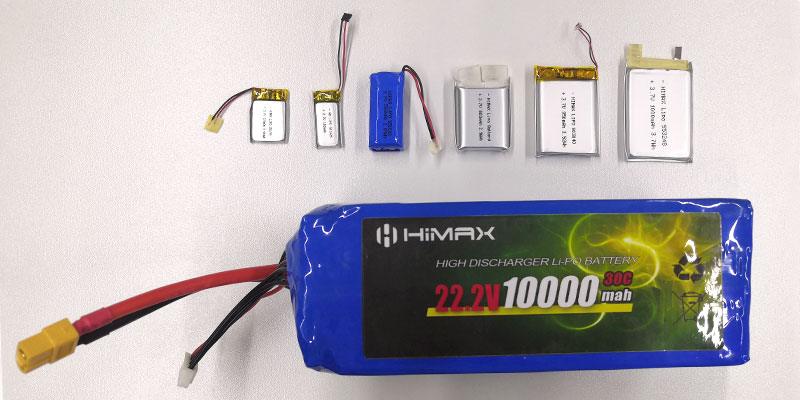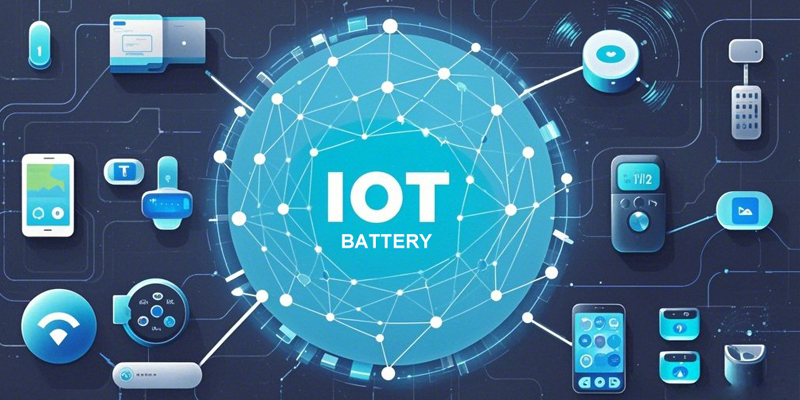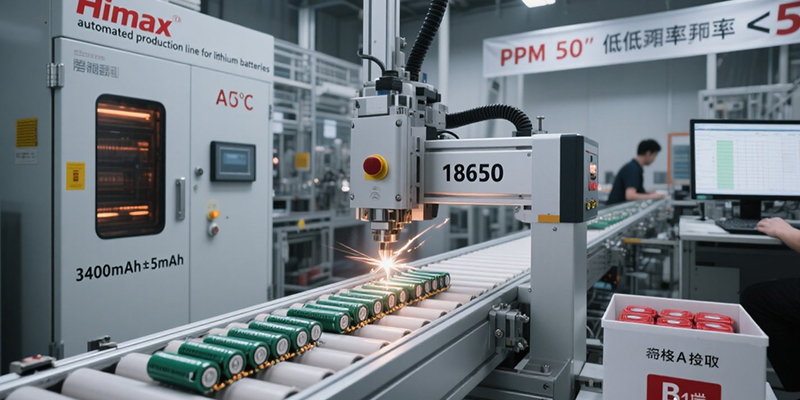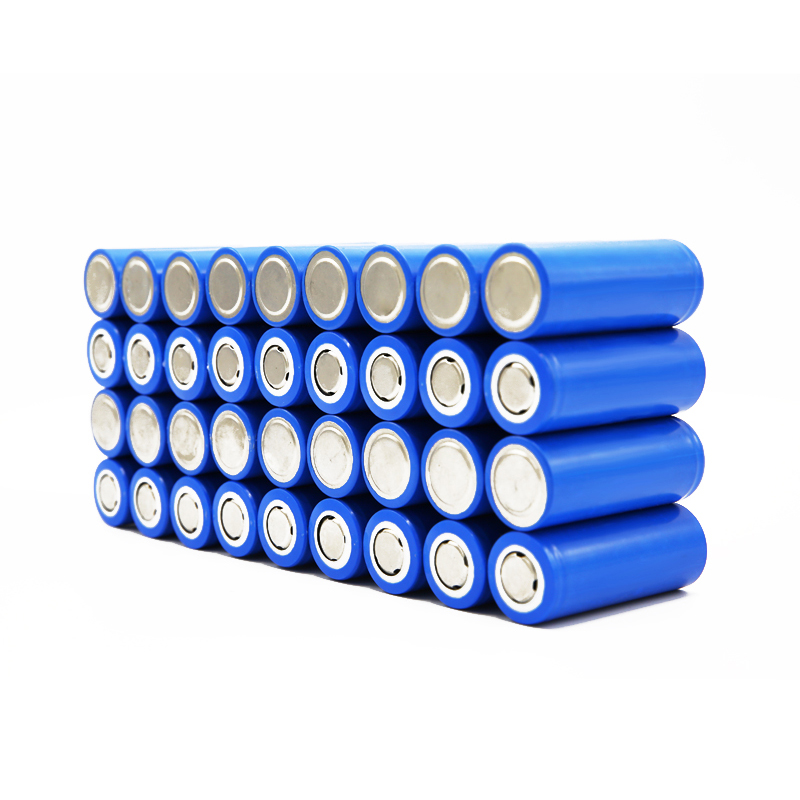Interactive toy robots are revolutionizing play and education, offering dynamic movements, voice recognition, and AI-driven responses. However, their performance heavily relies on a high-quality power source—this is where Himax LiPO (Lithium Polymer) batteries shine. As a leading custom battery manufacturer, Himax specializes in designing lightweight, high-energy-density LiPO batteries tailored for robotics applications.
In this article, we’ll explore why Himax’s customizable LiPO batteries outperform standard power solutions in interactive robots, ensuring longer playtime, safer operation, and seamless integration.
1.Lightweight & Compact Design for Agile Movement
Toy robots require fast, precise movements, and bulky batteries can hinder performance.
Himax Advantage:
Our ultra-thin LiPO cells (as slim as 2.6mm) reduce weight without sacrificing capacity.
Custom shapes (curved, flexible) fit into compact robot designs.
Example: A 7.4V 1000mAh Himax LiPo weighs only 45g, enabling smoother servo motor operation compared to traditional NiMH batteries.
2.High Energy Density for Extended Playtime
Interactive robots demand long-lasting power for uninterrupted play or learning sessions.
Himax Advantage:
LiPO batteries offer 200-250Wh/kg energy density—up to 30% more runtime than NiCd/NiMH alternatives.
Custom capacities (e.g., 500mAh to 10,000mAh) match different robot sizes and functions.
Case Study: A voice-interactive robot using a 3.7V 3000mAh Himax LiPo runs 4+ hours on a single charge.
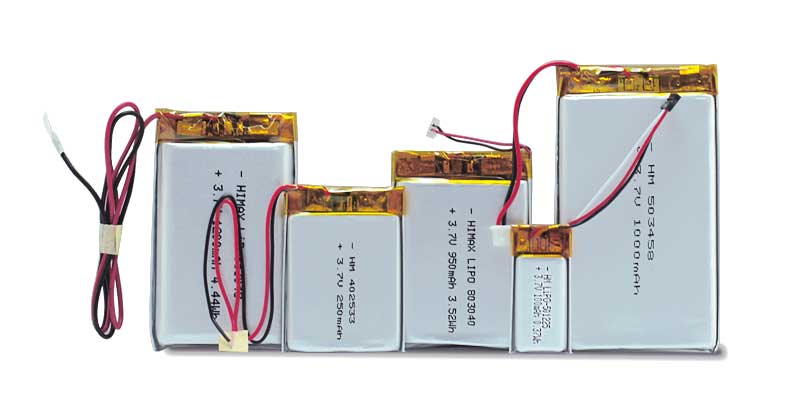
3.Fast Charging & High Discharge Rates
Robots with high-torque motors or LED displays need batteries that deliver instant power bursts.
Himax Advantage:
Our high-discharge LiPo cells support 10C~30C bursts, ensuring smooth motor responses.
1-2 hour fast charging minimizes downtime (vs. 6+ hours for NiMH).
Application: A dancing robot with multi-axis movements performs flawlessly with a 20C discharge-rated Himax battery.
4.Customization for Seamless Integration
Every robot has unique power needs—Himax provides tailored solutions.
Custom Options:
Voltage & Capacity: From 3.7V (single-cell) to 22.2V (6S) configurations.
Connectors: JST, XT30, or proprietary plugs to match PCB designs.
Protection Circuits: Built-in BMS for overcharge/overcurrent protection.
Example: A STEM education robot uses a 7.4V 2000mAh Himax LiPo with a balance connector for safe classroom use.
5.Enhanced Safety for Child-Friendly Toys
Parents and manufacturers prioritize battery safety in interactive toys.
Himax Safety Features:
Puncture-resistant casing prevents leaks.
Thermal sensors shut down power if overheating occurs.
Certified compliance with CE, UN38.3, and RoHS.
Why It Matters: A Himax LiPO battery in a talking robot ensures zero fire risk, even after thousands of charge cycles.
6.Cost-Effective for Mass Production
While LiPO batteries are premium products, Himax optimizes costs for toy manufacturers.
Bulk Order Benefits:
Discounts on 10,000+ unit orders.
OEM/ODM support to match robot branding.
ROI Example: A toy company switching to Himax LiPo batteries saw 20% fewer returns due to battery failures.
Conclusion: Powering the Next Generation of Smart Toys
Interactive toy robots are only as good as their power source—Himax LiPO batteries deliver the lightweight design, long runtime, fast charging, and safety needed for cutting-edge robotics. Whether you’re developing AI companions, educational bots, or RC toys, our custom LiPO solutions ensure peak performance and reliability.


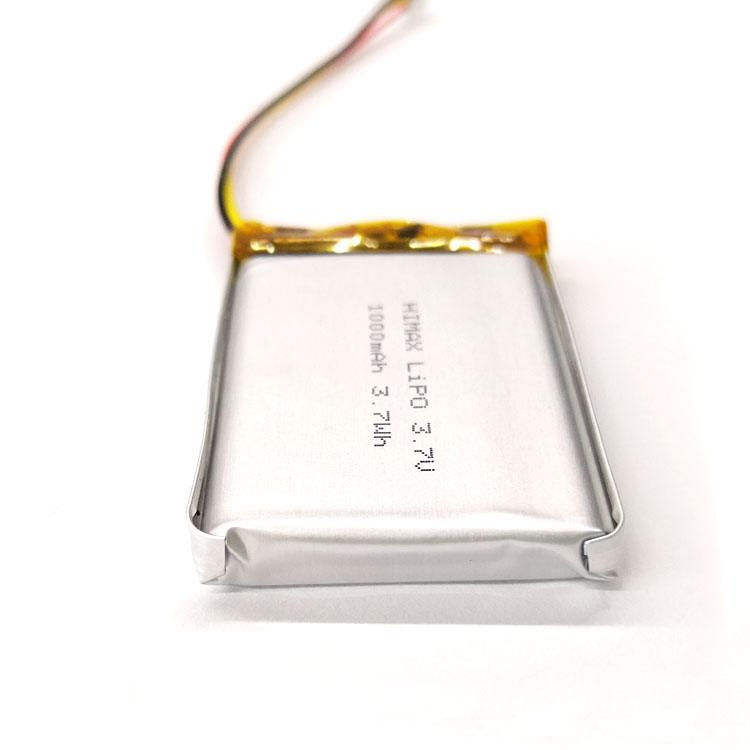
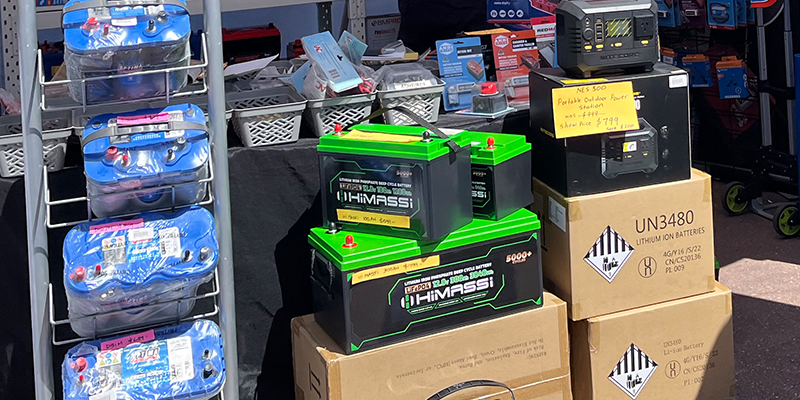
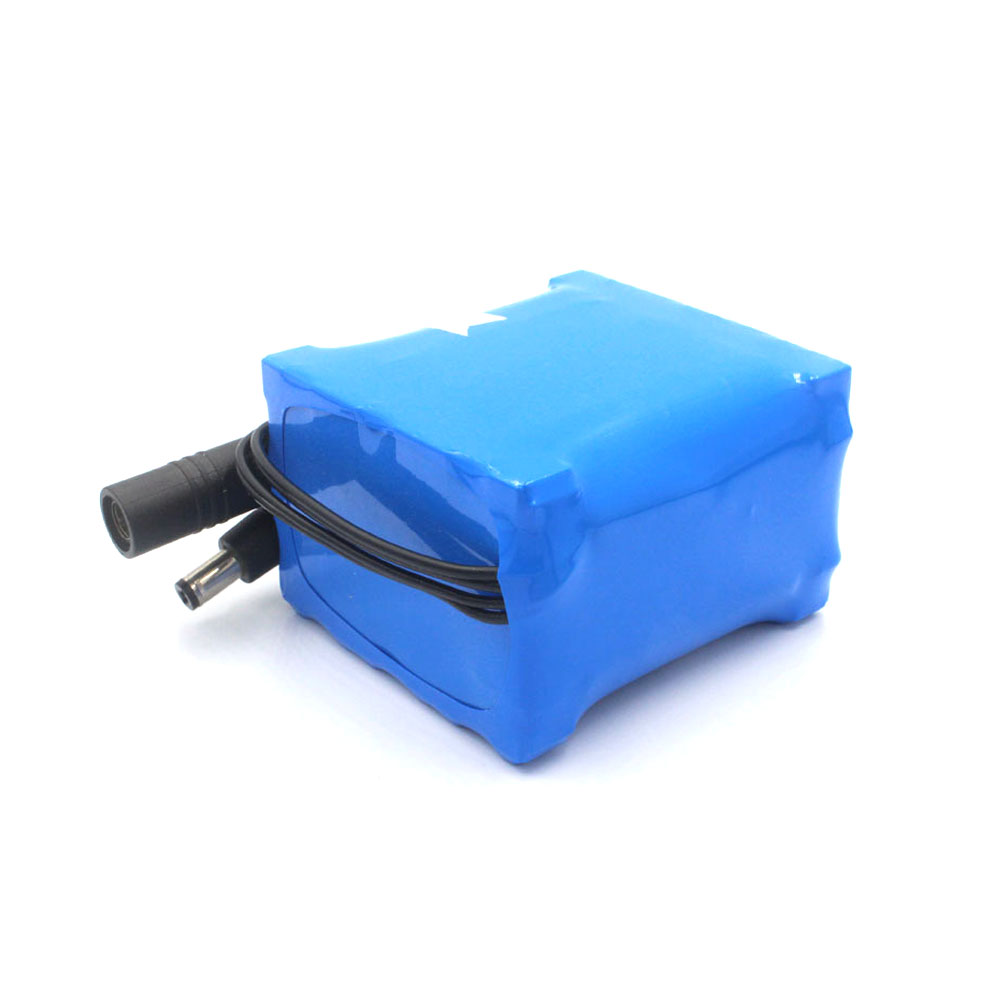

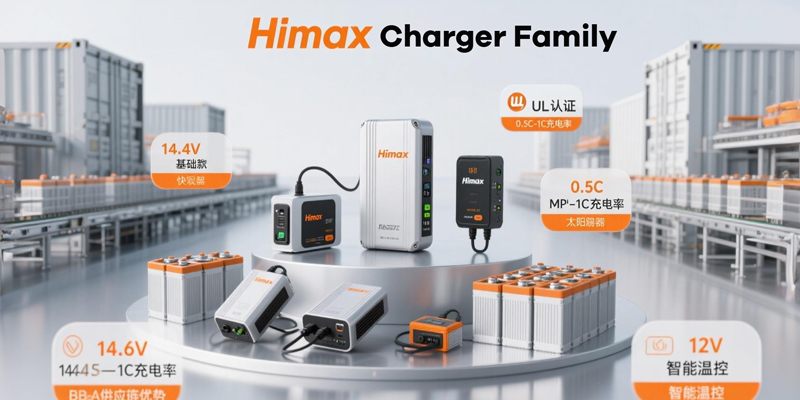
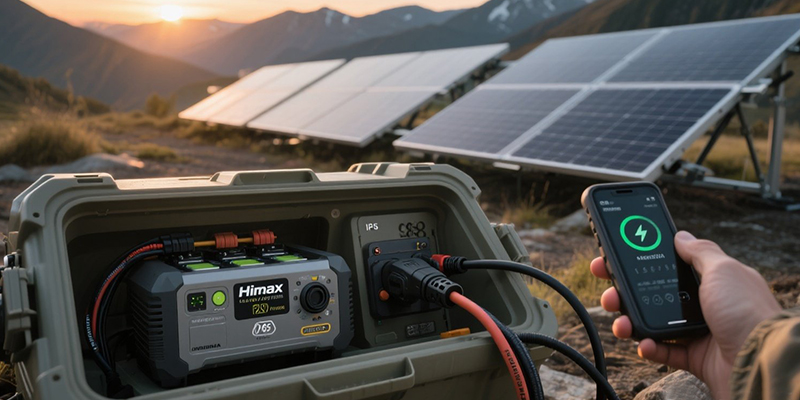
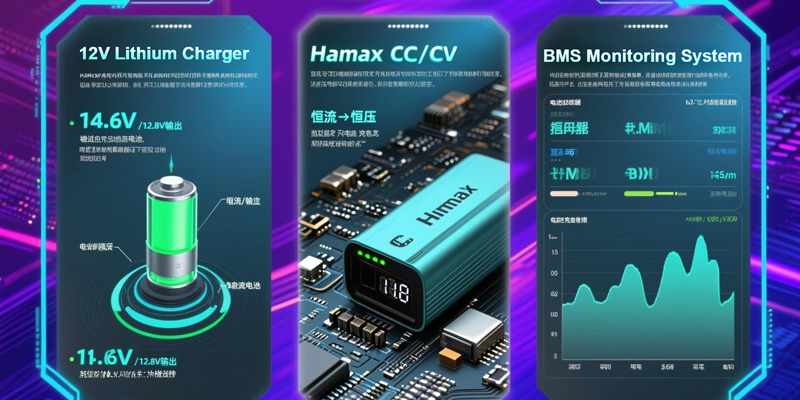
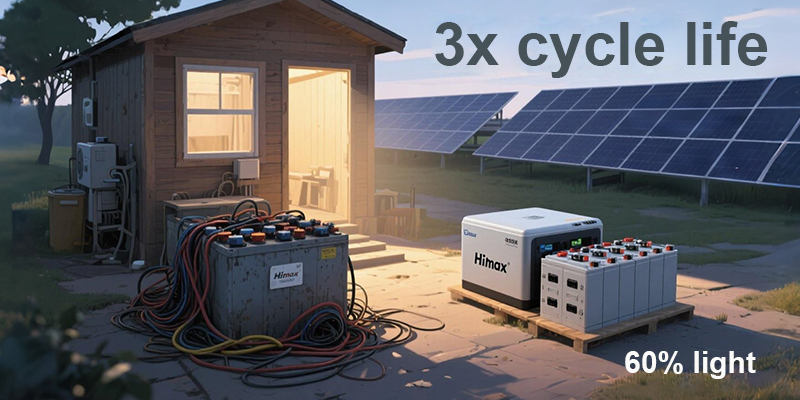
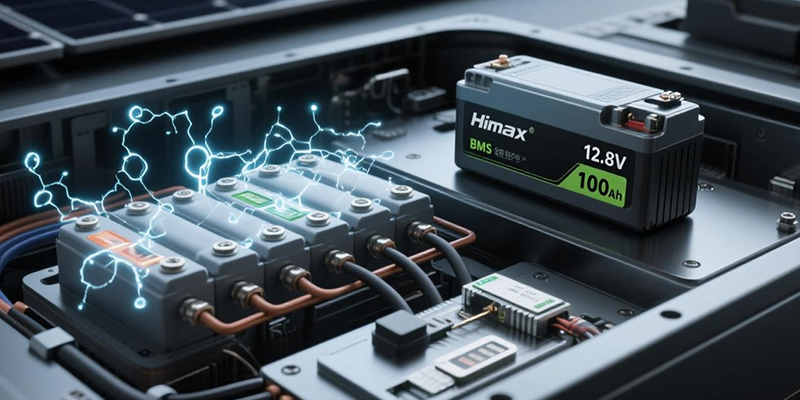
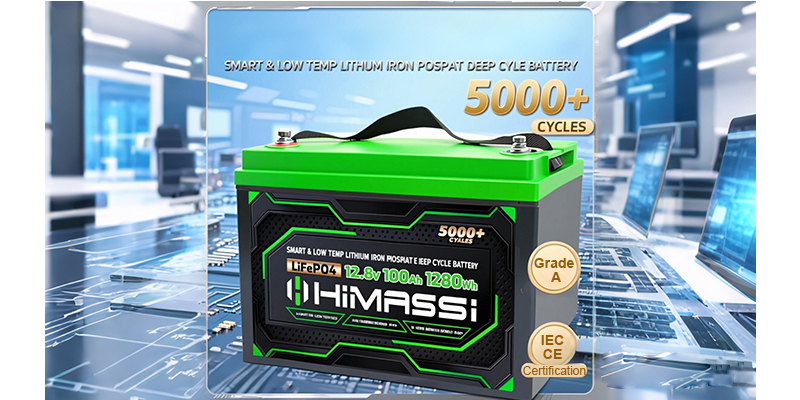
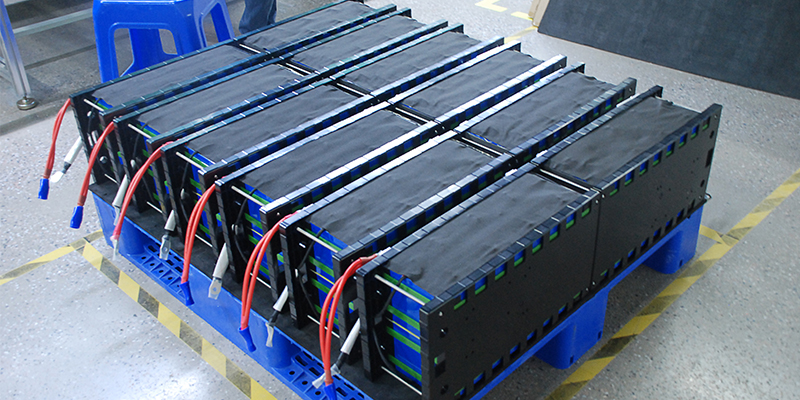
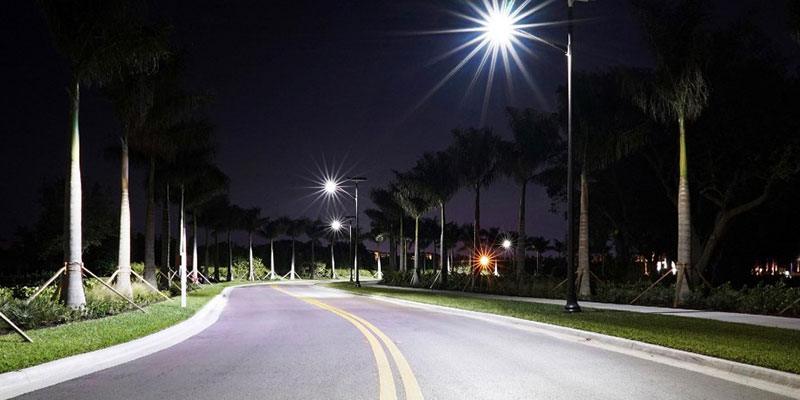

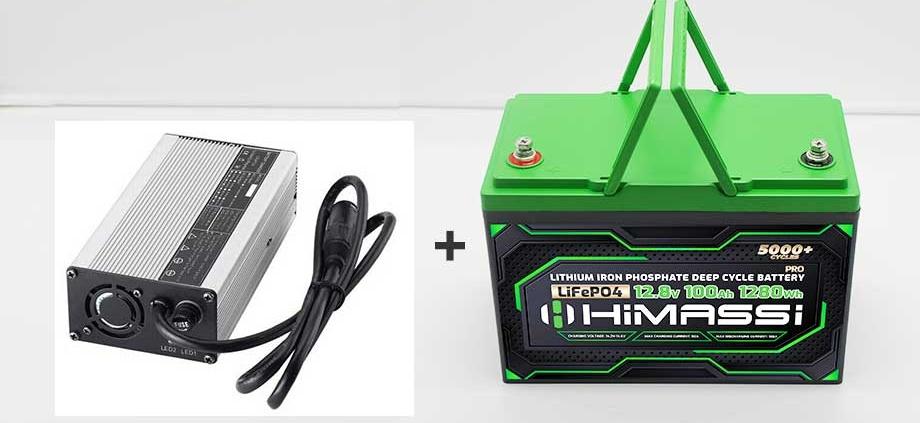
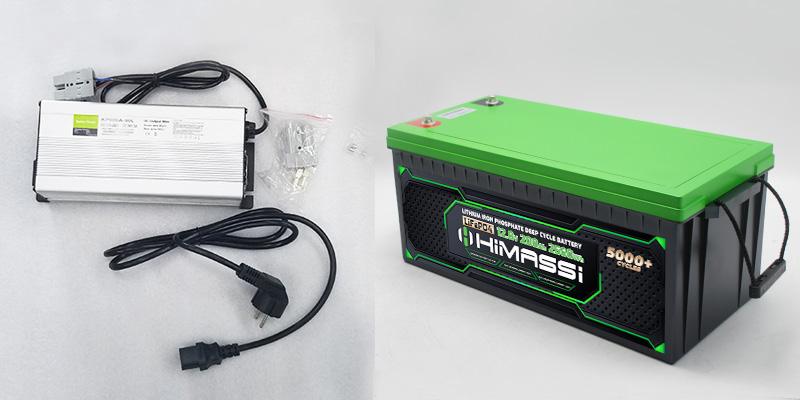
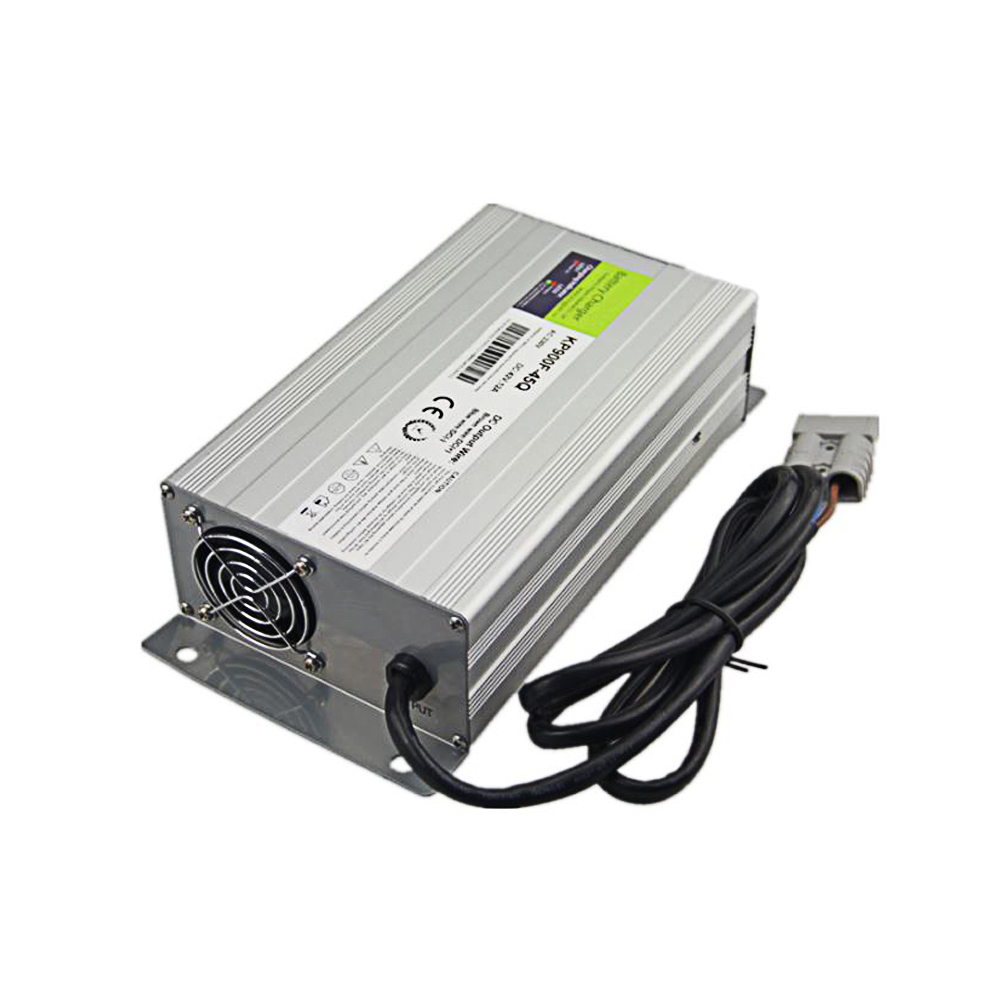
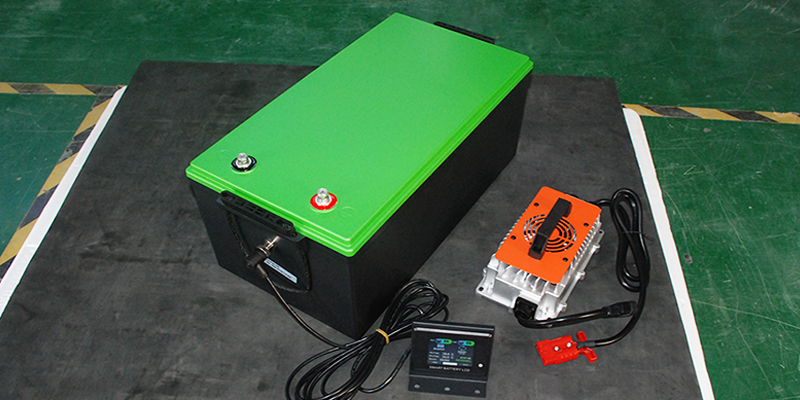

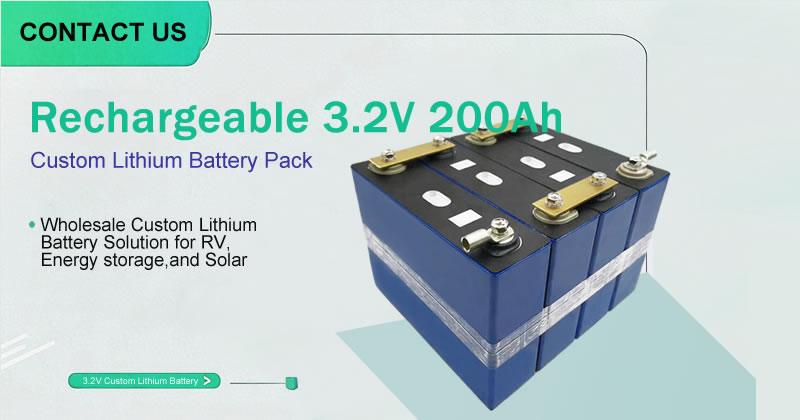
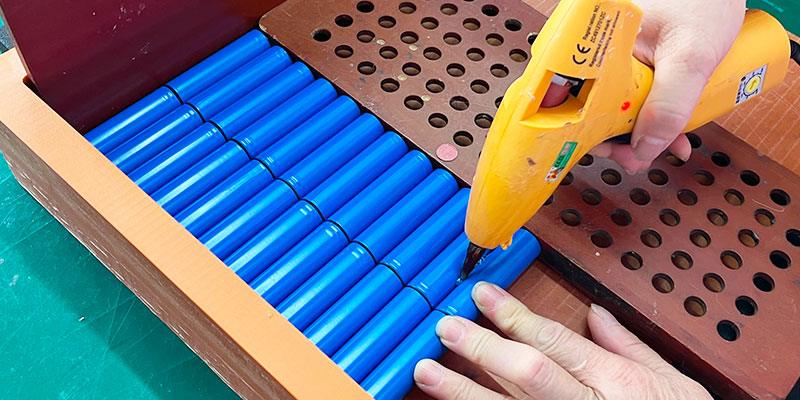
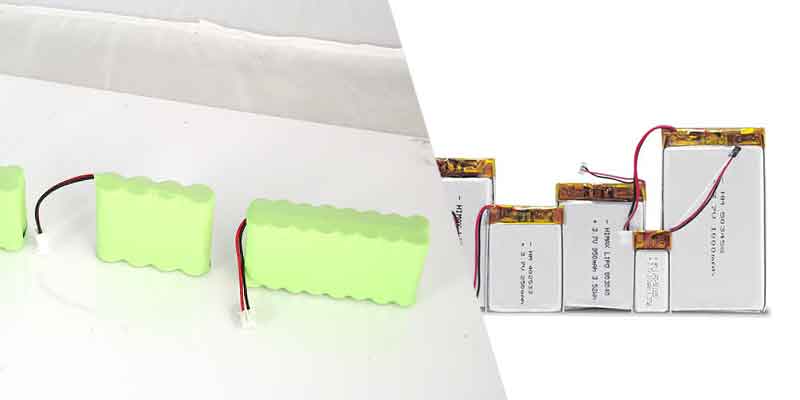 In recent years, rechargeable lithium-based batteries (both Li-ion 18650 and Li-Polymer) have become the preferred choice for most modern portable gas detectors due to their superior performance and safety characteristics.
In recent years, rechargeable lithium-based batteries (both Li-ion 18650 and Li-Polymer) have become the preferred choice for most modern portable gas detectors due to their superior performance and safety characteristics.
